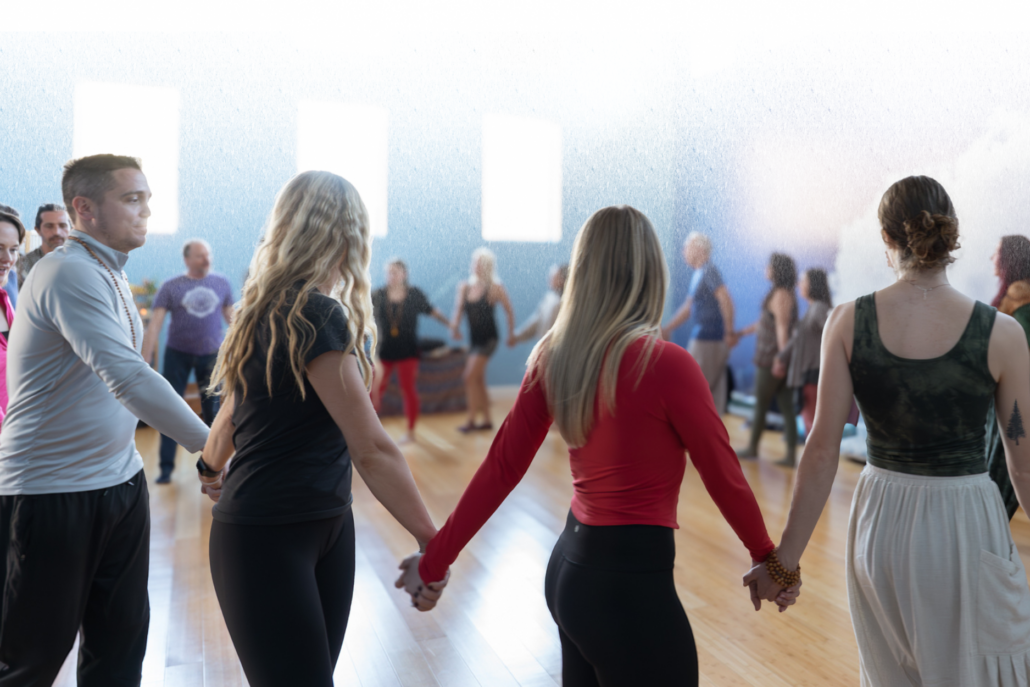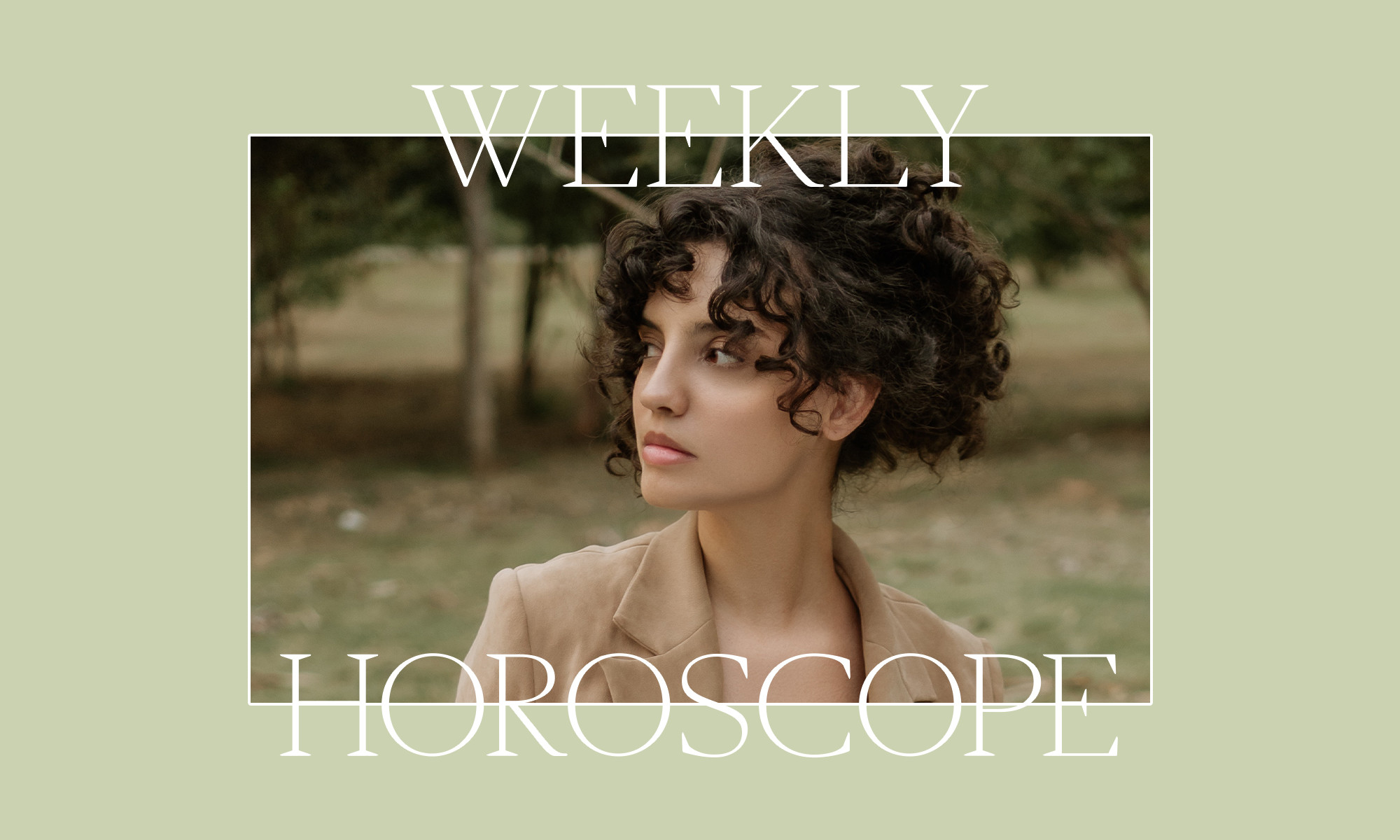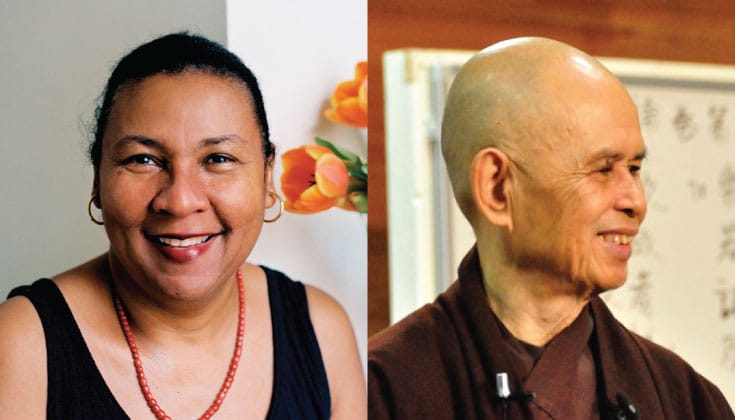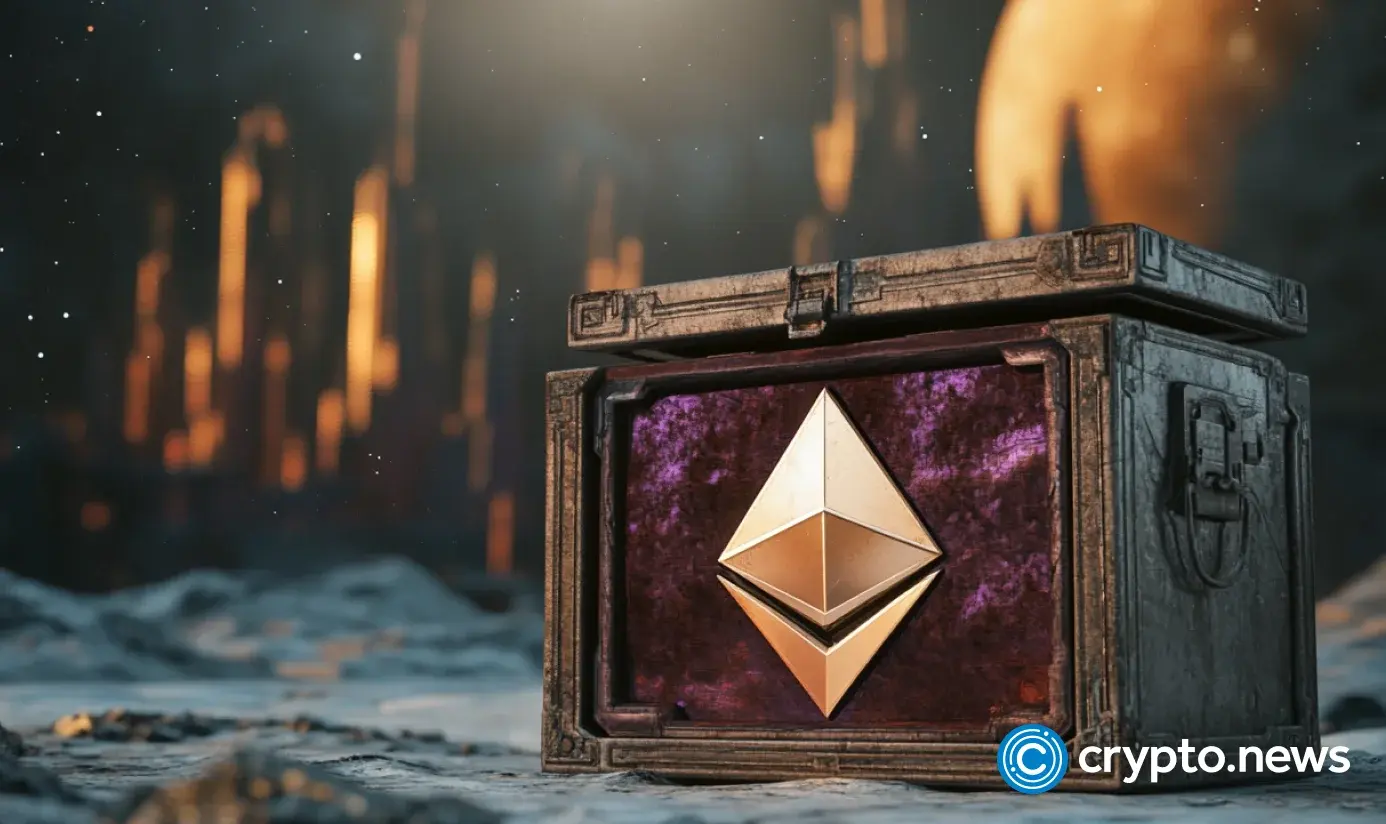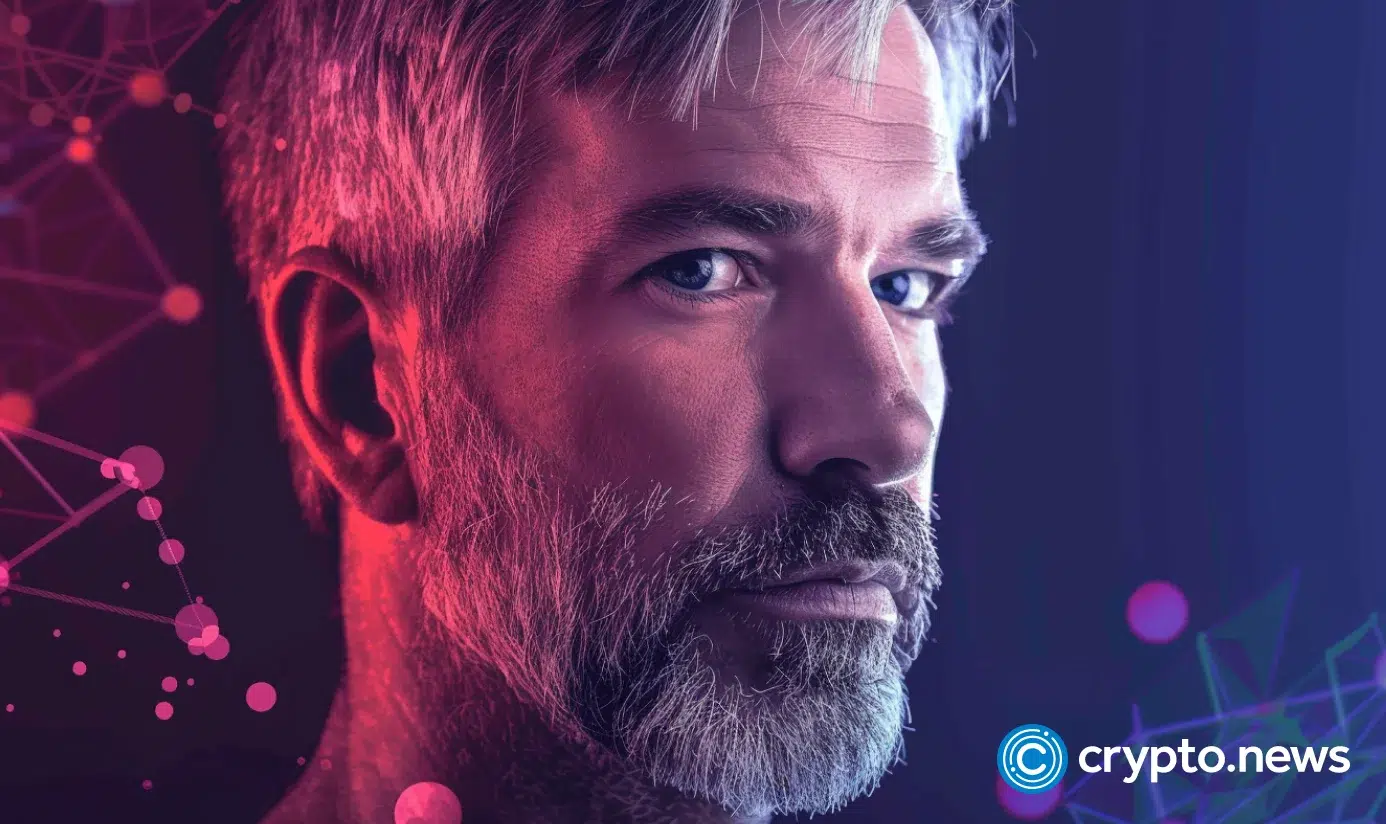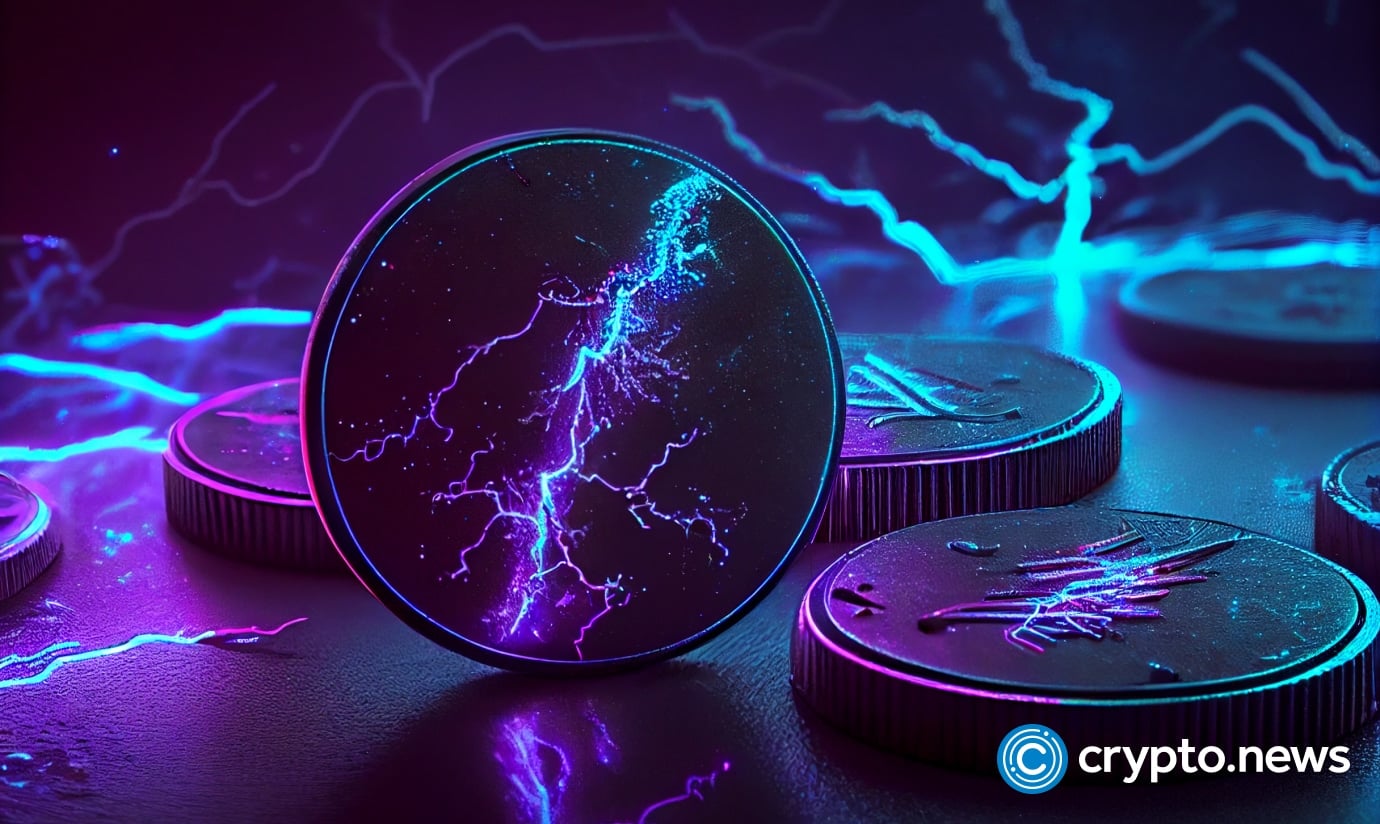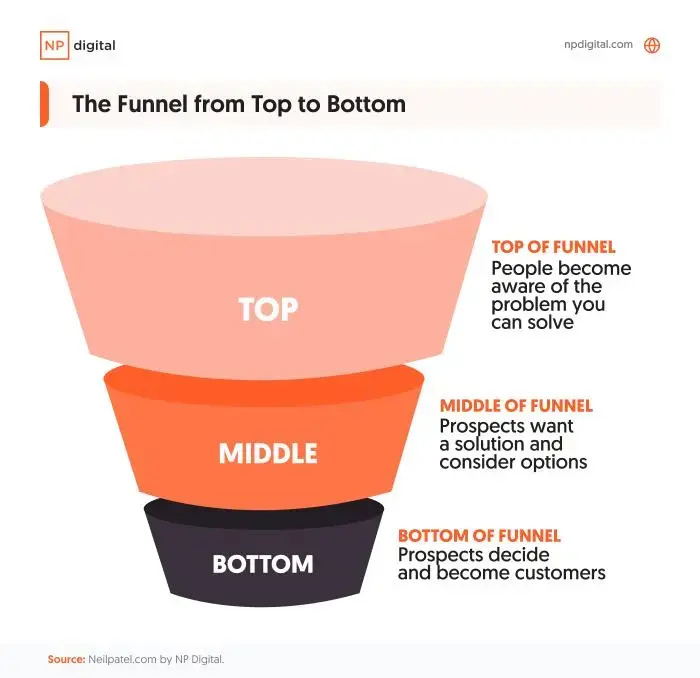90s Cartoon Secrets—Stuff They Hid From Us as Kids
Let’s be real: if you grew up in the 90s, 90s cartoon magic wasn’t just television, it was a way of life. Those shows shaped how we saw the world. We woke up early, fought with our siblings for...

Let’s be real: if you grew up in the 90s, 90s cartoon magic wasn’t just television, it was a way of life. Those shows shaped how we saw the world. We woke up early, fought with our siblings for the remote, and dove into a whirlpool of characters, colors, and unforgettable adventures. But here’s the kicker—we thought it was all innocent fun. Turns out, these shows were sneaky little beasts stuffed with secrets, hidden meanings, and jokes our kids brains couldn’t process.
I know, I know—you thought you were just watching heroes save the city, or silly scientists blow up their labs. But honey, these cartoon masterminds were slipping in adult jokes, political messages, and straight-up creepy vibes when we weren’t paying attention. And you know what? I’m not even mad about it. Those hidden gems are why these shows still hold up today.
So buckle up. I’m taking you on a tour back through the best cartoon network classics, the animated series that defined us, and the eerie corners of shows like cowardly dog that scarred us for life. And yes, we’ll spill the tea on why pizza practically became a character in teenage mutant ninja turtles. It’s time to unmask the cartoon secrets you never knew you were living with.
The Golden Era of 90s Cartoon Magic
Before we get into the juicy secrets, let’s honor the era itself. The 90s weren’t just a time for scrunchies and Tamagotchis. It was the decade where cartoon network rose like a neon phoenix and gave us the gold standard of cartoon shows. Saturday mornings were a religion. If you weren’t parked in front of the TV with a sugar-loaded cereal bowl, were you even alive in that decade?
The creators of these shows were bold. They gave us bright colors, bizarre characters, and misadventures so wild that we begged for more. Shows like dexter’s laboratory and the powerpuff girls didn’t just keep us entertained. They gave us a strange mix of humor, science, action, and silly chaos that we never questioned as kids. And that’s what made them so good—every episode felt like it was written with freedom, with no fear of being too weird.
And oh, the fun we had. These shows were designed to hook us with their energy, their wacky antics, and their unapologetic creativity. Looking back, you realize they weren’t afraid to mix adventures with social commentary or slip in ideas way above a kid’s head. The 90s didn’t just give us cartoons. They gave us a culture that stuck. That’s why this decade wasn’t just golden—it was glowing.
1. Hidden Adult Jokes That Flew Over Our Heads

Let’s start with a truth bomb: the writers of 90s cartoons were not just writing for kids. Nope. They were bored adults in writers’ rooms tossing in sly jokes that sailed right over our innocent little heads. Take dexter’s laboratory—there are entire episodes filled with wink-wink humor about dating, awkward scientists, and even adult magazines. And the creator wasn’t shy about slipping clever references in, knowing full well we’d be clueless until we re-watched as adults.
Then there’s the Powerpuff Girls. Sure, we saw sugar, spice, and everything nice, but some jokes were spicier than Blossom’s laser eyes. From the Mayor’s bizarre obsession with pickles to Ms. Bellum being the ultimate “adult joke in disguise,” the show was full of humor that was never meant for children. If you watch now, you’ll catch lines that make you pause mid-sip of coffee.
And you know what? That’s genius. These sly touches kept the shows entertaining for the older cast and crew making them, while letting kids just enjoy the antics. It’s why the humor aged so well. Back then, we giggled without knowing why. Now? We laugh out loud because the joke finally lands.
2. Creepy Truth Behind Courage the Cowardly Dog

Now let’s talk about the weirdest, creepiest cartoon of the 90s: Courage the Cowardly Dog. We loved him as kids, but admit it—this little pink pup gave you nightmares. And that’s because the show was designed to disturb. Many of the monsters Courage fought weren’t just random creepy creatures. They were allegories for real fears—loneliness, abuse, even death. The misadventures weren’t just silly scares; they were metaphors about the harsh parts of life.
Creators slipped in imagery and stories that honestly had no business in a children’s show. Muriel and Eustace’s isolated farmhouse in “Nowhere” was more than a quirky backdrop. It was symbolic of abandonment and vulnerability. Re-watch certain episodes and you’ll see nods to folklore, urban legends, and even real-world tragedies. It’s unsettling once you realize it.
Yet somehow, it worked. Courage’s constant trembling, paired with his bursts of actual courage, gave us more than chills. It gave us lessons about facing fear, even when you feel small and weak. As a cowardly dog, he showed that bravery isn’t about being fearless—it’s about acting despite the terror. And let’s be real, that’s a lesson for kids and adults alike. The show disguised deep truths in bright pink fur.
3. Batman the Animated Series and Its Dark Secrets

When Batman the Animated Series dropped in the 90s, kids thought they were just watching another superhero saving the city. But let me spill it—this wasn’t your average Saturday morning cartoon. This was art. The creators used a style called “dark deco,” mixing noir shadows with gritty storytelling. For a children’s show, it was bold. And let’s be honest, some of those episodes were scarier than actual horror films.
The magic wasn’t only in the look. It was in the voices. Kevin Conroy became the definitive voice of Batman, while Mark Hamill went full chaos as the Joker. That cast didn’t just act; they defined what these characters would sound like for decades. Their performances made the show timeless and set a gold standard for every animated series after it.
But the secret most kids missed? The heavy themes. Corruption, insanity, loss, and redemption—these were running wild under the fun action. The show wasn’t afraid to paint villains as sympathetic or explore deep layers of the dark knight. Looking back now, you realize it wasn’t really written for kids. It was written for everyone, layered so the grown-ups got the depth while the kids just saw capes and punches.
READ ALSO: Cartoon Character Legends That Time (Rudely) Erased
4. X-Men Cartoons Were a Political Allegory

You thought the X-men were just superheroes in flashy costumes having various adventures? Think again. The 90s x men cartoon was sneaky—it was one big political allegory. Every episode carried messages about prejudice, discrimination, and fighting for acceptance. Professor X and Magneto weren’t just characters; they were modeled after civil rights icons. Charles Xavier channeled Martin Luther King Jr.’s peaceful ideals, while Magneto embodied Malcolm X’s more radical approach.
Of course, as kids, we didn’t get that. We were busy cheering during epic battles and loving the team dynamics. But the creators used the animated series to introduce heavy social themes in a way young audiences could digest. The school for gifted youngsters wasn’t just a backdrop. It was a metaphor for safe spaces where the marginalized could thrive.
Re-watching now as adults, it all clicks. The villains weren’t just monsters-of-the-week. They were reflections of real-world fears: government oppression, racism, and war. This cartoon wasn’t simply cool—it was teaching us empathy without us realizing it. No wonder it left such a lasting mark. It made diversity, equality, and unity part of Saturday mornings, disguised as action-packed fun.
5. Captain Planet Was Darker Than You Remember

Now, let’s chat about captain planet—the eco-friendly superhero with green hair and all the environmental vibes. We remember shouting “The power is yours!” like it was gospel. But hidden under the bright colors and catchy theme song was some seriously dark storytelling. The villains weren’t your typical silly baddies. They represented real environmental disasters: pollution, deforestation, toxic waste, and greed that actually threatened the earth.
Some episodes went shockingly dark. We saw children endangered, ecosystems destroyed, and entire communities poisoned by careless corporations. Heavy stuff for a supposed kids show. But that was the point. The creator wanted to scare us into caring. And trust me, it worked. Generations of kids left the living room with eco-anxiety long before climate change hit mainstream headlines.
The wildest part? Re-watching now makes you realize how accurate it all was. Those storylines weren’t exaggerations. They mirrored real problems the world still faces today. As much as we loved the antics of the Planeteers, the truth behind the show was grim. The power wasn’t just in Captain Planet’s punch—it was in forcing us to think about our impact on the world.
6. He-Man’s Strange Production and Toy Secrets

Alright, here’s a juicy one: He-man wasn’t really created to tell compelling stories. It was designed to sell toys. That’s right—our muscled-up hero was basically a walking commercial. The creator and toy companies teamed up to launch a cartoon that existed solely to move action figures off store shelves. And it worked effectively.
The episodes often felt repetitive because they were. Stock animation sequences were recycled again and again to save money. And those catchphrases? They weren’t just iconic, they were marketing tools designed to hook kids and make us beg our family for the latest plastic sword. Behind the magic castle and epic fight scenes, it was all about selling merch.
But here’s the twist—despite being a glorified commercial, he man still managed to be legendary. Children adored the sheer spectacle of the show. The cast of heroes and villains, the antics of Skeletor, the magical settings—it was all ridiculous, and it was all perfect. Sure, it was a giant sales pitch, but it ended up shaping pop culture anyway. He-Man proved that sometimes, even a shameless marketing ploy can become a cultural powerhouse.
7. Rugrats Was More Than Baby Babble

At first glance, Rugrats looked like harmless chaos—just a bunch of babies running wild while clueless adults went about their antics. But the secret sauce of the show was how cleverly it portrayed childhood. The creator wanted us to see the world from a toddler’s point of view, which is why everything felt slightly off: oversized furniture, distorted voices, and wild imaginations.
The best part? The kids were smarter than the grown-ups. Tommy, Chuckie, Angelica, and the gang often decoded life’s biggest mysteries while their family remained hilariously oblivious. It was subtle commentary on how children perceive more than adults give them credit for.
And let’s not forget the hidden darkness. Some fans even believe there were deep psychological undertones. While that’s more urban legend than fact, the show didn’t shy away from exploring fears, anxieties, and sibling rivalry. In between the diaper jokes, rugrats tackled themes like loneliness, growing pains, and the search for independence. It was way heavier than we realized back then.
Looking back, Rugrats wasn’t just a silly animated series. It was a masterclass in how cartoons could reflect childhood truth with humor and heart, while also slipping in enough wacky adventures to keep us hooked.
8. Animaniacs and Their Hidden Adult Humor

Let’s be real—Animaniacs was a fever dream of slapstick, songs, and complete chaos. Yakko, Wakko, and Dot didn’t just break the fourth wall, they smashed it into dust. But here’s the juicy part: the show was packed with jokes meant for adults, disguised under all that zany cartoon madness.
The creator and cast knew parents were often stuck watching alongside their kids, so they slipped in innuendos, pop culture digs, and political satire. From sly nods to Hollywood scandals to winks at risqué humor, Animaniacs was working on two levels at once. If you were a kid, you laughed at the pies in the face. If you were an adult, you chuckled knowingly at the shade being thrown.
And the songs? Genius. They weren’t just catchy. They were packed with wordplay, history lessons, and cultural references. To this day, people still belt out the “Nations of the World” or “Presidents” songs like it’s trivia gold. It was silly, but also sneakily educational.
In hindsight, animaniacs was less a children’s cartoon and more a variety show that happened to be animated. It taught us that humor can be layered, chaotic, and brilliant—all at the same time.
READ ALSO: Disney Princess Movies Ranked From Iconic to Unwatchable
9. Rocko’s Modern Life Was Weirdly Mature

If you remember Rocko’s Modern Life, you probably recall the absurd characters: a wallaby navigating suburbia, his friends, and the wacky town they lived in. On the surface, it was a light-hearted 90s cartoon about oddball situations. But dig deeper, and you’ll see it was loaded with adult themes that most kids completely missed.
The show constantly poked fun at consumerism, work stress, and even dating. Rocko dealt with cranky bosses, bills, and existential dread—things that only really hit you when you grew up and re-watched. The episodes leaned into satire, using outrageous antics to critique society in ways that sailed right over our heads.
And the innuendos? Legendary. From questionable business names to cheeky one-liners, the creators were definitely entertaining themselves while the kids were distracted by Heffer the cow’s slapstick. The voices and writing were so sharp that it worked on two levels: goofy for children, biting for adults. That’s why it holds up today. What felt like nonsense in the 90s turns into razor-sharp social commentary when viewed through adult eyes. Rocko’s world wasn’t just modern life—it was our life, sugarcoated with cartoon flair.
10. Courage the Cowardly Dog Was Nightmare Fuel

Here’s the truth: Courage the Cowardly Dog was straight-up terrifying. This deserved another spot on the list For a supposed kids cartoon, it was filled with grotesque monsters, haunting music, and existential dread. Every episode dropped poor Courage into surreal horror scenarios while his clueless owners, Muriel and Eustace, remained oblivious. It was basically a gateway drug to horror for a whole generation.
The creators leaned into unsettling visuals and uncanny voices that could rival actual scary movies. Remember “Return the slab”? That’s still living rent-free in people’s nightmares. And the villains weren’t just creepy—they represented real fears like isolation, neglect, and even mortality. Heavy, right? But here’s the kicker: Courage always found the strength to save the day, even if he was shaking the whole time. That’s what made it brilliant. It wasn’t about fearlessness. It was about bravery in spite of fear. A message subtle enough for children, but profound for grown-ups.
Looking back, it’s wild that networks even aired it for kids. It blurred the line between animated series and psychological horror, making it one of the boldest shows of the 90s. Love it or hide under the bed because of it, Courage left a permanent mark.
Why 90s Cartoons Still Resonate Today
Let’s be honest, nothing hits like a 90s cartoon. Sure, modern shows are polished, but that raw, bold energy from the 90s still owns our hearts. Why? Because those cartoons weren’t afraid to mix weird humor with big themes. They tackled life, school, family, and even real-world problems without losing their fun, chaotic edge.
The characters were colorful, memorable, and dripping with personality. Think about the powerpuff girls flying across their city, or Dexter yelling at his sister to stay out of his lab. These weren’t just one-dimensional figures. They were layered, flawed, and relatable. And because of that, we didn’t just watch them—we grew up with them.
Another reason they resonate? The cast and creators poured in passion. Whether it was Kevin Conroy voicing batman or the genius behind Dexter’s Laboratory, you could feel the heart in every episode. That sincerity sticks with you, even decades later.
And let’s not forget the nostalgia factor. When you hear a theme song from cartoon network or think about Saturday morning cartoons, it’s like stepping back into a safer, simpler world. For a lot of us, those shows were not just television. They were comfort, laughter, and escape. So yes, 90s cartoons still resonate today because they combined silliness, courage, and cleverness in ways that few modern shows dare. They shaped us, entertained us, and left us wanting just one more rerun.
Cartoon Nostalgia and Its Modern Influence
Here’s the juicy truth: 90s cartoon nostalgia isn’t just a vibe—it’s a whole movement shaping today’s pop culture. Studios know we’ll throw our wallets at anything that revives our childhood. That’s why we’re flooded with reboots, remakes, and endless toys and games inspired by shows we once watched after school.
But there’s more. The influence of these cartoons has bled into how stories are told today. Modern creators, who once sat cross-legged in front of cartoon network, now inject that same energy into new projects. You see the chaotic humor of animaniacs in current comedies. The grit of batman the animated series lives on in superhero films. The misadventures of oddball characters echo through shows on streaming platforms.
This nostalgia has even shaped how adults consume media. We don’t just want flashy effects. We crave story, wit, and characters that stick. And nothing proves that more than when fans rally behind revivals, demanding the full series of old favorites on digital platforms. We want those episodes back, not just for fun, but to reconnect with our younger selves.
Here’s the kicker though—this isn’t just about the past. The love for 90s cartoons fuels the power of fandom today. It reminds us that shared laughter, friends, and even a little courage can define a generation. And whether we’re passing these shows to our own kids, or just re-watching with friends, the magic doesn’t fade. It evolves. So when people say “they don’t make them like they used to,” they’re half-right. They don’t. But that’s because the 90s already gave us the gold standard. And honestly? We’re still living in its glow, and loving every second.

 Kass
Kass 








